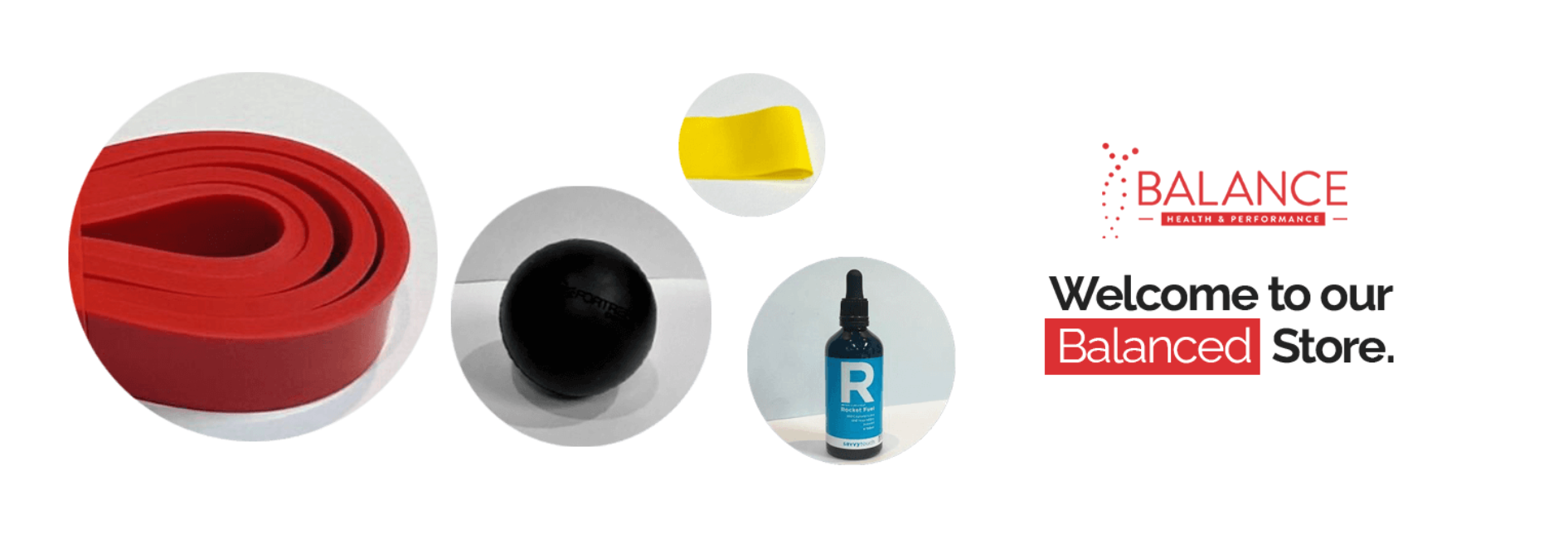For many women, life is a juggling act of responsibilities, self-care, and personal growth but so often, faced with an unspoken challenge: urinary incontinence when coughing or sneezing. In our quest for empowerment, health, and well-being, it's crucial to address these issues openly and seek solutions that allow us to embrace life without limitations.
The Sneezing Surprise: What Is Urinary Incontinence?
Urinary incontinence, often referred to as "stress incontinence," is a condition where the bladder leaks urine during moments of physical stress, such as sneezing, coughing, laughing, or even lifting. It's not a condition confined to old age; it can affect women of all ages, including mothers like Christine. Understanding the factors contributing to this issue is the first step toward regaining control.
The Impact of Motherhood: A Common Journey
Christine, as a mother who has experienced childbirth, you may be familiar with the physical changes that occur during pregnancy and delivery. These changes can weaken the pelvic floor muscles, leading to the onset of urinary incontinence. Rest assured thouhg, there are strategies to regain control.
The Role of Pelvic Floor Muscles: Regaining Strength
Your pelvic floor muscles play a pivotal role in supporting your bladder and maintaining continence. After pregnancy and childbirth, these muscles may require targeted exercises to regain their strength and resilience. Pelvic floor exercises and taregted rehab can help strengthen these muscles and minimize leaks during coughs and sneezes.
Seeking Professional Guidance: A Path to Empowerment
You're not alone on this journey. Seeking professional guidance from a women's health physiotherapist can make a significant difference. It’s a growing field and we are uncovering more and more extensive information about pelvic health and women’s health. Work with someone you connect with who has experience and is well read.
Lifestyle Adjustments: Empowering Yourself
In addition to exercises, there are lifestyle adjustments that can help manage urinary incontinence. Simple steps like maintaining a healthy weight, staying hydrated, and avoiding bladder irritants can make a positive impact. Also, paying attention to your body and emptying your bladder before sneezing or coughing can be proactive measures.
Breaking the Silence: Empowering Conversations
As women, it's essential to break the silence surrounding urinary incontinence. Open and honest conversations with healthcare professionals, friends, and family can reduce the stigma associated with this condition and provide the support you need on your journey to empowerment.
Reclaiming Your Confidence: Embracing Life Fully
The journey to managing urinary incontinence is about empowerment and regaining confidence in your body. With the right guidance, exercises, and lifestyle adjustments, you can regain control over those sneezes and coughs that catch you off guard. Remember, you deserve to embrace life without limitations, and addressing urinary incontinence is a powerful step in that direction.
If you have questions or want to explore treatment options, don't hesitate to reach out to our clinic. Your health and well-being are important, and we're here to support you on your journey to empowerment.
Urinary incontinence when sneezing or coughing is a common issue, but it's also one that can be managed and overcome. By sharing information and seeking guidance, we empower ourselves and other women to live life to the fullest, without fear or hesitation.









